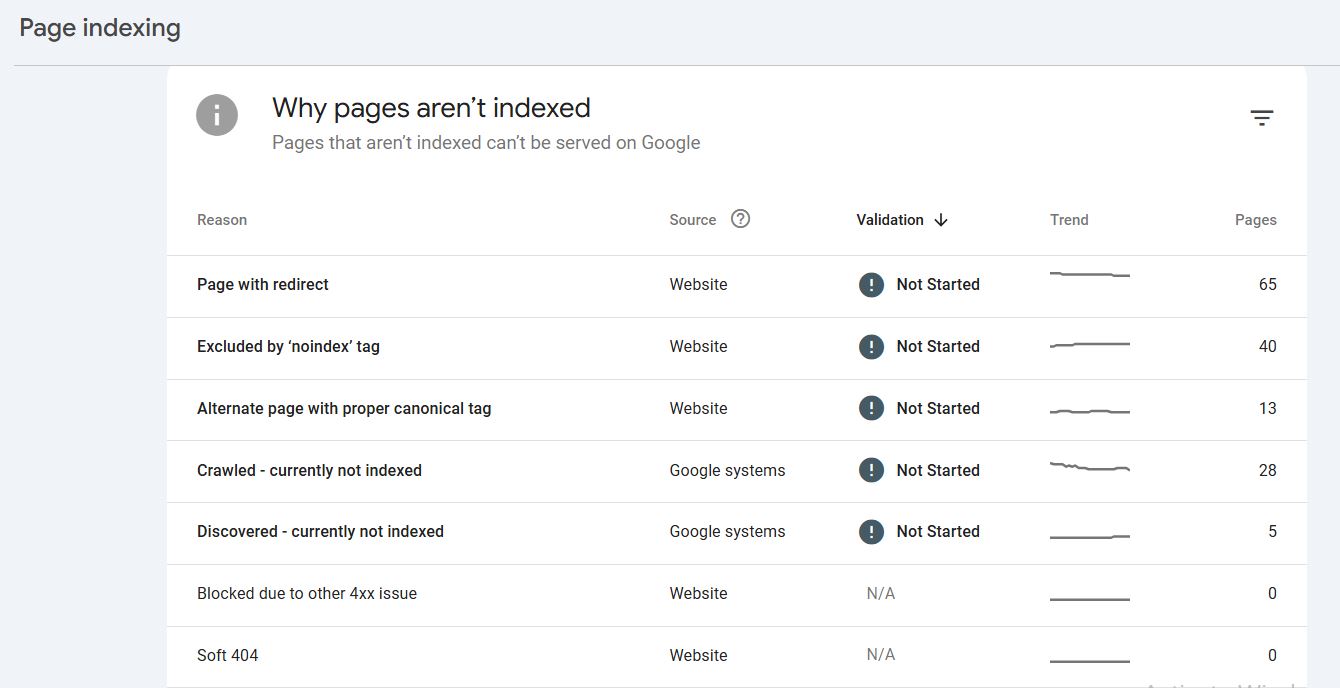If you’re serious about improving your website’s SEO, Google Search Console (GSC) is one of the most powerful tools at your disposal. I’ve used it extensively on my own site, FrasatAli.com, and in client projects to uncover opportunities, fix SEO issues, and track performance. In this guide, I’ll walk you through exactly how to use Google Search Console to improve SEO, step by step.
What Is Google Search Console?
Google Search Console is a free tool provided by Google that helps you monitor, maintain, and troubleshoot your site’s presence in Google Search results. It provides insights into how your content is performing and what can be optimized to increase organic traffic.
Why Is Google Search Console Important for SEO?
You can’t improve what you can’t measure. GSC gives you raw data directly from Google on impressions, clicks, CTR, and average position—essential for tracking the effectiveness of your SEO strategies. It also alerts you to errors, mobile usability issues, indexing problems, and keyword performance trends.
Step-by-Step: How to Use Google Search Console for SEO
1. Set Up and Verify Your Website
Before anything else, connect your website to Google Search Console. You can verify ownership using methods like DNS record, HTML file upload, or via Google Analytics.
2. Monitor Performance Metrics

Go to the “Performance” tab and set the date range to at least 3 months for better insights. You’ll get data on:
-
Total Clicks
-
Total Impressions
-
Average CTR (Click-Through Rate)
-
Average Position
Use filters to analyze by page, query, country, or device.
3. Identify High-Impression, Low-Click Keywords

Sort your queries by impressions. Then look for keywords with lots of impressions but low CTR. These are golden opportunities for SEO improvement. Try:
-
Updating meta titles/descriptions
-
Matching content more closely to search intent
-
Adding structured data for rich results
4. Optimize Underperforming Pages

Go to the “Pages” report. Find pages with high impressions but poor average positions (20+). These are prime targets for optimization. Improve on-page content, internal linking, and keyword targeting.
5. Check Index Coverage

Use the “Pages” > “Why Pages Aren’t Indexed” report to identify indexing issues like:
-
Crawl anomalies
-
Duplicate content
-
Noindex tags
-
Soft 404 errors
Fix these quickly to improve your site’s visibility.
6. Submit Updated URLs for Reindexing
After fixing or updating content, use the URL Inspection tool. Submit the URL for reindexing. This helps Google reflect changes faster and can lead to quicker improvements in rankings.
7. Use the “Links” Report

Identify your top-linked pages internally and externally. Use this to:
-
Strengthen internal linking to low-performing pages
-
Identify orphaned pages
-
Understand which content earns the most backlinks
8. Enhance Mobile Usability
Check the “Mobile Usability” report for issues like:
-
Clickable elements are too close together
-
Content wider than the screen
-
The text is too small to read
Mobile usability is a ranking factor. Fixing these improves both user experience and SEO.
9. Discover Pages with Declining Performance
In the “Performance” tab, compare data over time. Spot pages or keywords with declining clicks or impressions. Investigate:
-
New competitors?
-
Loss of backlinks?
-
Algorithm updates?
Then, refresh or improve the affected content.
10. Track Rich Results and Enhancements
If your site uses structured data (like FAQs, how-to schema, or product markup), use the “Enhancements” tab to:
-
Ensure proper implementation
-
Fix structured data errors
-
Monitor eligibility for rich results in SERPs
How to Use Google Search Console for Better Search Positions
Here’s where GSC really shines for improving positions in Google:
-
Find keywords ranking on Page 2 (positions 11–20)
-
Update those pages to add more depth, semantic keywords, and internal links
-
Track improvement in average position weekly
You can also improve CTR with better meta descriptions and page titles based on high-impression queries.
People Also Ask (FAQs)
Q1: How do I use Google Search Console to find SEO keywords?
Go to the “Performance” report and look under “Queries.” You’ll see the actual search terms people use to find your website. These keywords can guide your content and optimization strategy.
Q2: Can Google Search Console help increase traffic?
Yes. By using GSC to fix technical issues, improve click-through rates, and optimize content around performing keywords, you can significantly increase your organic traffic.
Q3: What’s the difference between Google Analytics and Search Console?
Google Analytics shows how users behave on your site (sessions, bounce rate), while GSC shows how your site performs in search (clicks, impressions, rankings).
Q4: How do I fix SEO errors in Search Console?
Go to the “Pages” section, check the “Not Indexed” tab, and review reasons like noindex tags, redirects, or 404 errors. Follow the guidance to fix and resubmit the URL for indexing.
Q5: How long does it take for changes to reflect in Google Search Console?
Changes can take a few days to weeks to show up. Submitting the URL for reindexing can speed up the process.
Final Thoughts
Google Search Console isn’t just a reporting tool—it’s a roadmap. Every impression, every click, and every error is a signal. With consistent usage, you’ll discover how to align your content with what users and search engines want.
Whether you’re a beginner or an experienced marketer, learning how to use Google Search Console to improve SEO gives you a competitive edge—without spending a dime.
Frasat Ali is a seasoned SEO Manager with over a decade of experience helping websites improve visibility through ethical, data-backed strategies. He shares actionable SEO insights grounded in real-world success. Read More
![]()
